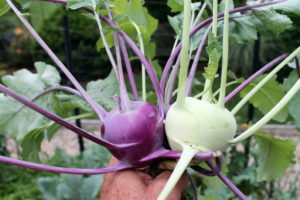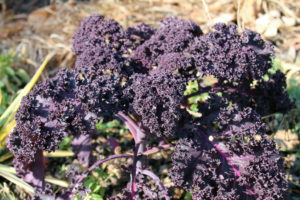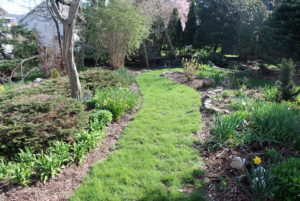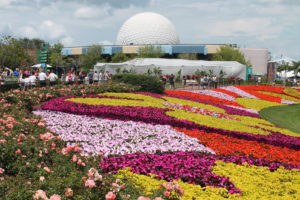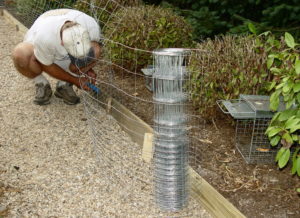The Power of Purple
May 8th, 2018
Trying to eat healthier? Eat purple.
Not so coincidentally, the plant pigments that give burgundy, bluish-black, and purple color to some plants’ leaves, roots and fruits – known as anthocyanins – are the same ones that act as antioxidants when eaten.
That’s true of other plants and colors, too. As a general rule, the more colorful a plant, the higher its nutrient value.
It’s why you’ll sometimes hear dieticians advise eating a “rainbow” of antioxidant-rich fruits and vegetables for high nutritional value and possible health benefits, such as lowering blood pressure, fighting cancer and aiding brain health.
Purple has become a particularly hot item in the vegetable garden – both for the health/nutrition potential and for adding beauty and color to the edible garden. Purple veggies stand out nicely among all the green.
Some vegetables are naturally rich in anthocyanins, but breeders have been developing and selecting new purple and burgundy versions of traditional green or bland-colored vegetables to boost their anthocyanin levels – and looks.
Here’s a dozen of my favorite purple “power vegetables” if you’d like to become a more colorful veggie gardener this season:
Carrots. Some have purple skins, others are purple throughout. Look for ‘Purple Haze,’ ‘Purplesnax,’ ‘Purple Dragon,’ ‘Purple Sun,’ ‘Deep Purple,’ ‘Purple 68,’ and ‘Black Nebula.’
Kale. This frost-tough leafy crop is a nutritional powerhouse even in its green form, but ‘Redbor’ matures from burgundy to deep purple in fall to a striking ornamental plant. ‘Scarlet’ and ‘Darkibor’ are two other good dark-leafed ones.
Kohlrabi. This little-known cabbage-family plant produces crunchy orbs low to the ground that have leaves jutting out around the perimeter. Most are green or creamy-white, but ‘Kolibri,’ ‘Azur Star’ and ‘Purple Vienna’ are purple varieties.








